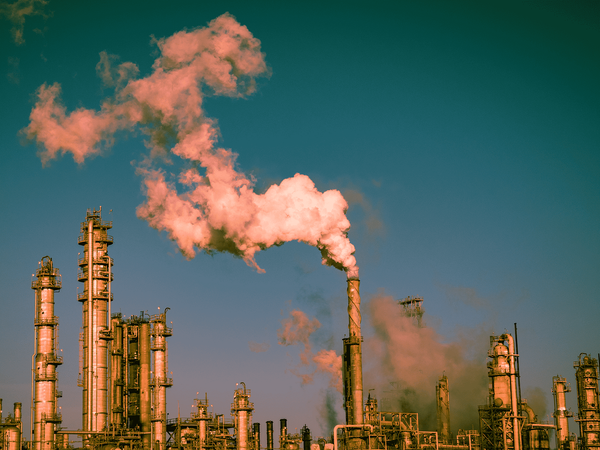Eco-friendly packaging and sustainable practices in the gift-giving season
We all enjoy the festive season and often express our joy through the act of gift-giving. Unfortunately, these gift wraps, if not used in eco-friendly packaging contain mostly plastics.

Every year, Americans invest over USD 12.7 billion in gift wraps. That is a huge amount to spend on something when the actual happiness lies in tearing those wraps apart. As lovely as the gift-giving traditions are, many of us tend to overlook the environmental impact caused by it.
The U.S. manufactures about 4.6 million pounds (2.1 million kg) of wrapping paper annually, but half of it ends up in landfills. The production and transportation of these goods contribute significantly to planet-warming emissions, not to mention the huge volume of waste generated during the holidays—ranging from unwanted gifts to the packaging they come in.
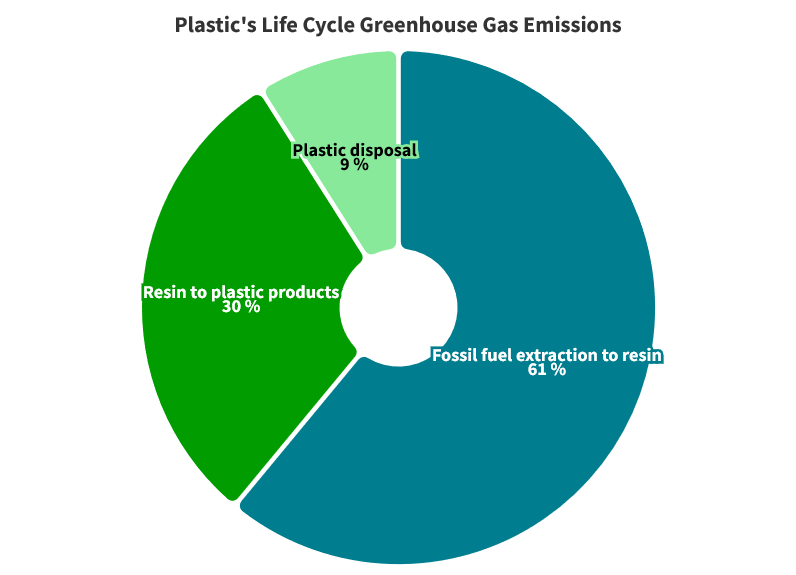
Figure 1: Plastic’s life cycle greenhouse gas emissions. (Source)
Shiny and glittery wrap papers are especially the worst because they are nothing but microplastics. Plastic's life cycle significantly impacts the environment, emitting about 1,781 MtCO2e, with the distribution shown in Figure 1.
Even more concerning is around 19% of all plastic ends up in unmanaged sites globally. Much of this waste is sent to incineration and landfills, leading to the irreversible loss of valuable resources.
Although biodegradable plastics are well received, the reality is that only a limited number of recycling plants possess the optimal conditions required for effective composting.
Consumers prioritize eco-friendly packaging
Eco-friendly packaging refers to any packaging that minimizes harm to both humans and the environment in comparison to alternative options.
Figure 2 demonstrates the European Consumer Packaging Perceptions study commissioned by Pro Carton on young people aged 19-39 years. The study confirms that many countries are ahead in terms of choosing sustainable packaging. For example, about 96% of consumers in Italy prefer businesses actively promoting eco-friendly packaging.
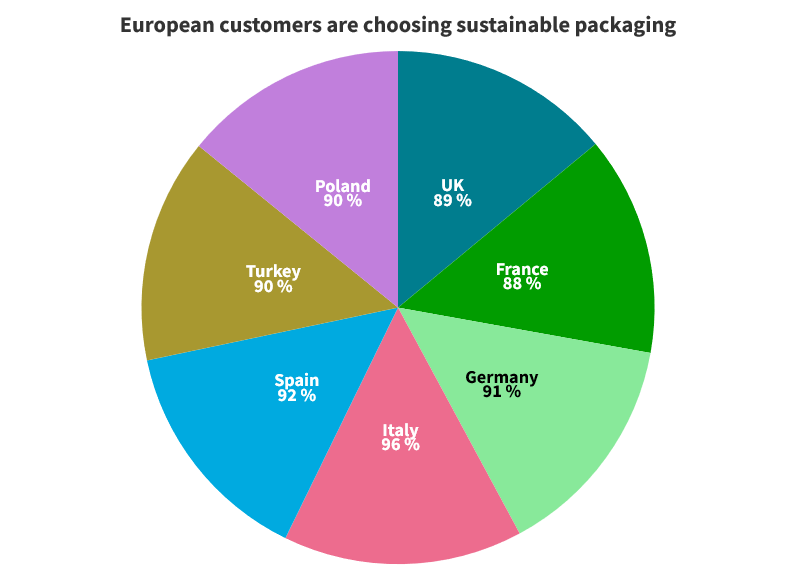
Figure 2: A result of a survey confirming that EU customers are choosing sustainable packaging. (Source)
Millennials and Gen Z in particular, show a strong inclination towards their dedication to sustainable consumption patterns.
The result from Figure 2 aligns with the expected biodegradable packaging market in Europe in 2032. Compared to 2022, it is expected to almost double, reaching about USD 5.5 billion (Figure 3).
The growth in environmental consciousness among consumers has resulted in a shift in their purchasing behavior, favoring products packaged in sustainable materials.
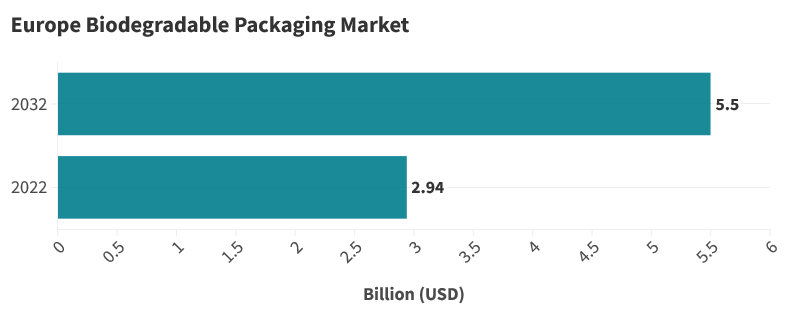
Figure 3: Biodegradable packaging market in Europe. (Source)
Decreasing the size of gift packages decreases the cost
In a Swedish Fast-Moving Consumer Goods case study, it is revealed that by reducing packaging weight, businesses can save the costs attributed to it (Figure 4). The study highlights two materials—a high-density polyethylene bottle and a flexible pouch—revealing that a 76% reduction in packaging weight achieved through the use of a flexible pouch decreased the price by 8%.
The same example works for packaging of the gifts or wrapping paper. Material reduction strategies have a direct impact on cost savings, helping businesses reduce packaging costs. What is important in this case is the less waste to deal with, which eventually works in the favour of businesses and customers.
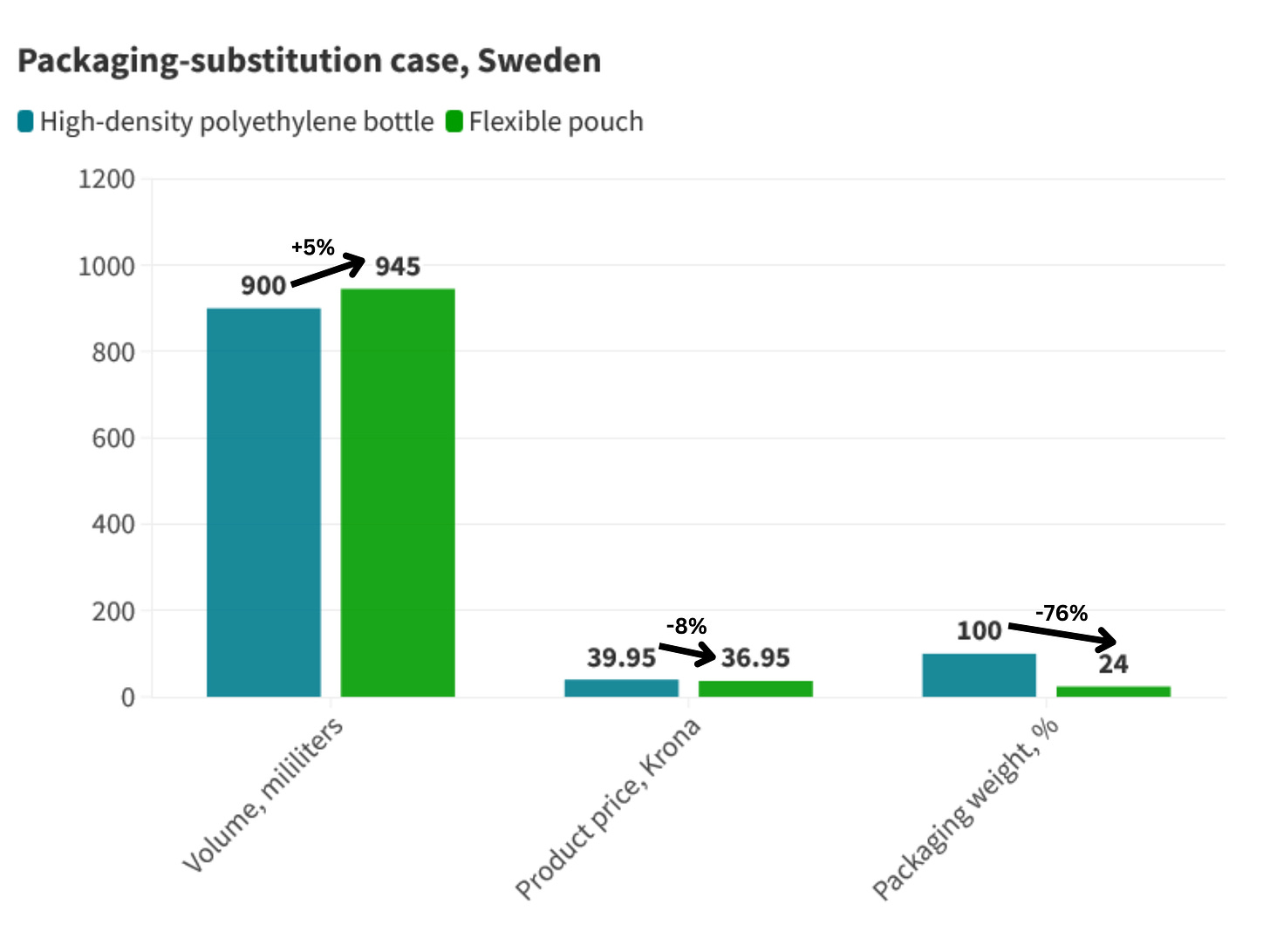
Figure 4: Case study of a packaging-substitution in Fast-Moving Consumer Goods in Sweden. (Source)
Environmentally conscious consumers actively seek brands that prioritize eco-friendly practices. Cutting down or removing packaging enhances brand reputation, attracts customers, and nurtures lasting loyalty for businesses.
To achieve material reduction, businesses can start by avoiding unnecessary plastic wrappings and opting for simpler boxes. This not only reduces material usage but also enhances the overall customer experience.
Eco-friendly packaging market size
Eco-friendly initiatives have gathered increased attention, particularly from diverse consumer segments. Customers now prioritize products sourced and manufactured sustainably, leading to a remarkable growth rate of sustainable products.
In 2022, the global market for eco-friendly packaging reached a valuation of USD 207.86 billion and is anticipated to exceed USD 430.38 billion by 2032 (Figure 5).
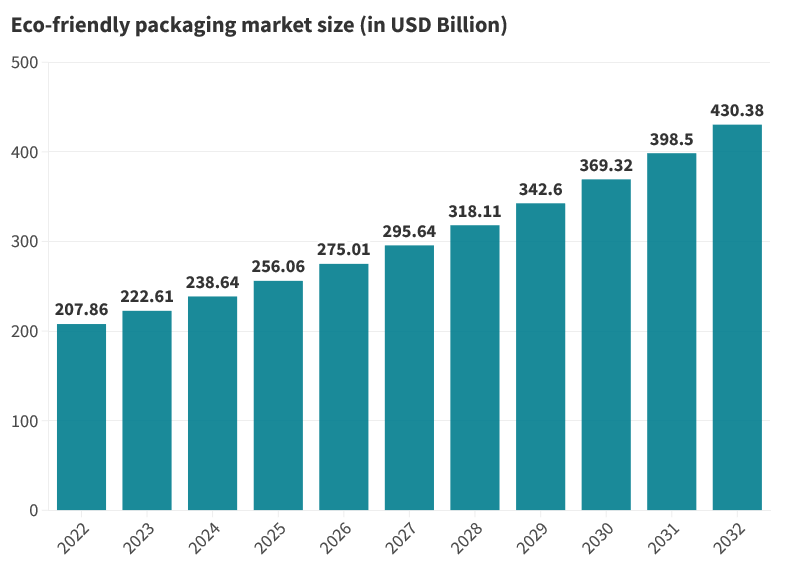
Figure 5: A global eco-friendly packaging market size. (Source)
The market is growing because consumers want sustainable packaging. These influential factors position the biodegradable packaging market for significant expansion, providing attractive opportunities for businesses in this sector.
Related: Sustainability: 3 Circular Economy principles
Sustainable packaging with bioplastics
In the business world, placing a high emphasis on both sustainability and cost efficiency is essential. Businesses need to acknowledge the market trends and align their offerings with sustainable practices to meet the rising demand.
One fundamental step toward achieving these goals is reducing the use of different types of materials.
Businesses also can help by giving choices of environmentally friendly wraps. For example, using bioplastics, derived from renewable resources, provide a viable alternative to traditional plastic packaging. Well-known for their eco-friendly properties, bioplastics are biodegradable, compostable, and have a decreased carbon footprint.
Despite the initial higher cost compared to conventional plastics, ongoing technological advancements are contributing to a reduction in production costs.
Adopting a more environmentally conscious gift-giving mindset can pose a challenge. Nevertheless, the holiday season presents a moment to transition towards a greener lifestyle while still preserving a sense of creativity.
Especially for the gift-giving process, recycling old packaging boxes is a great start because hardly anyone cares about the package anyway.

